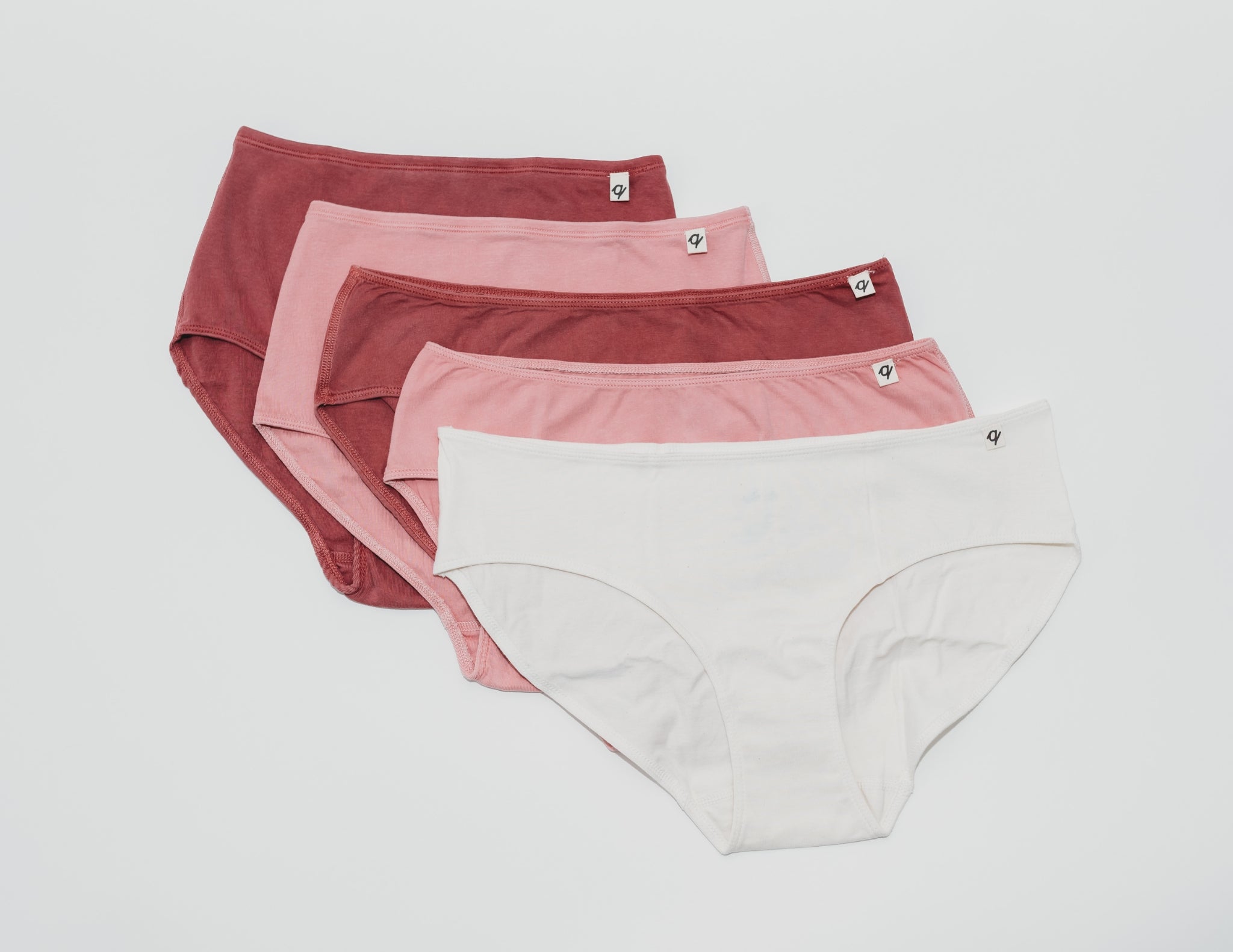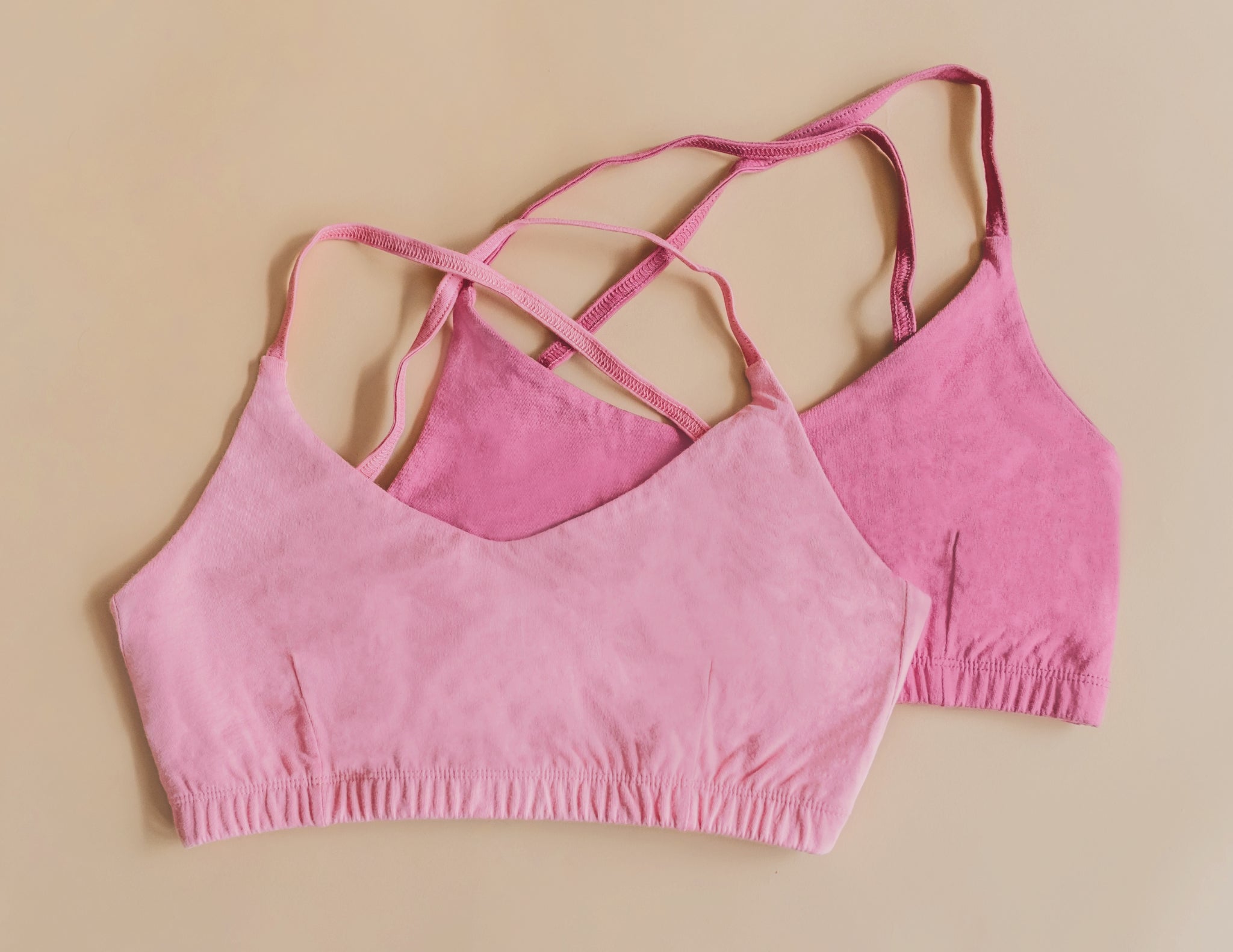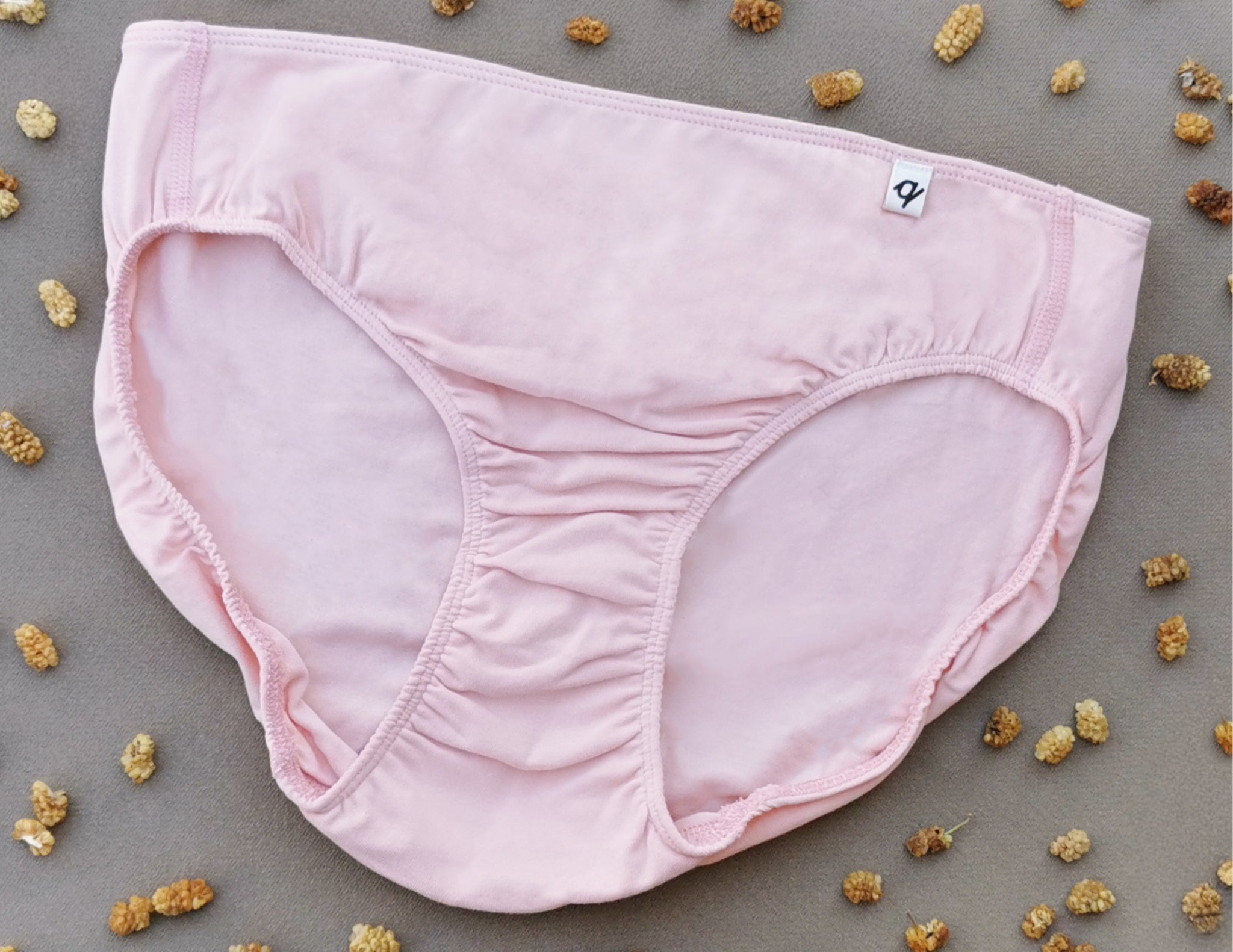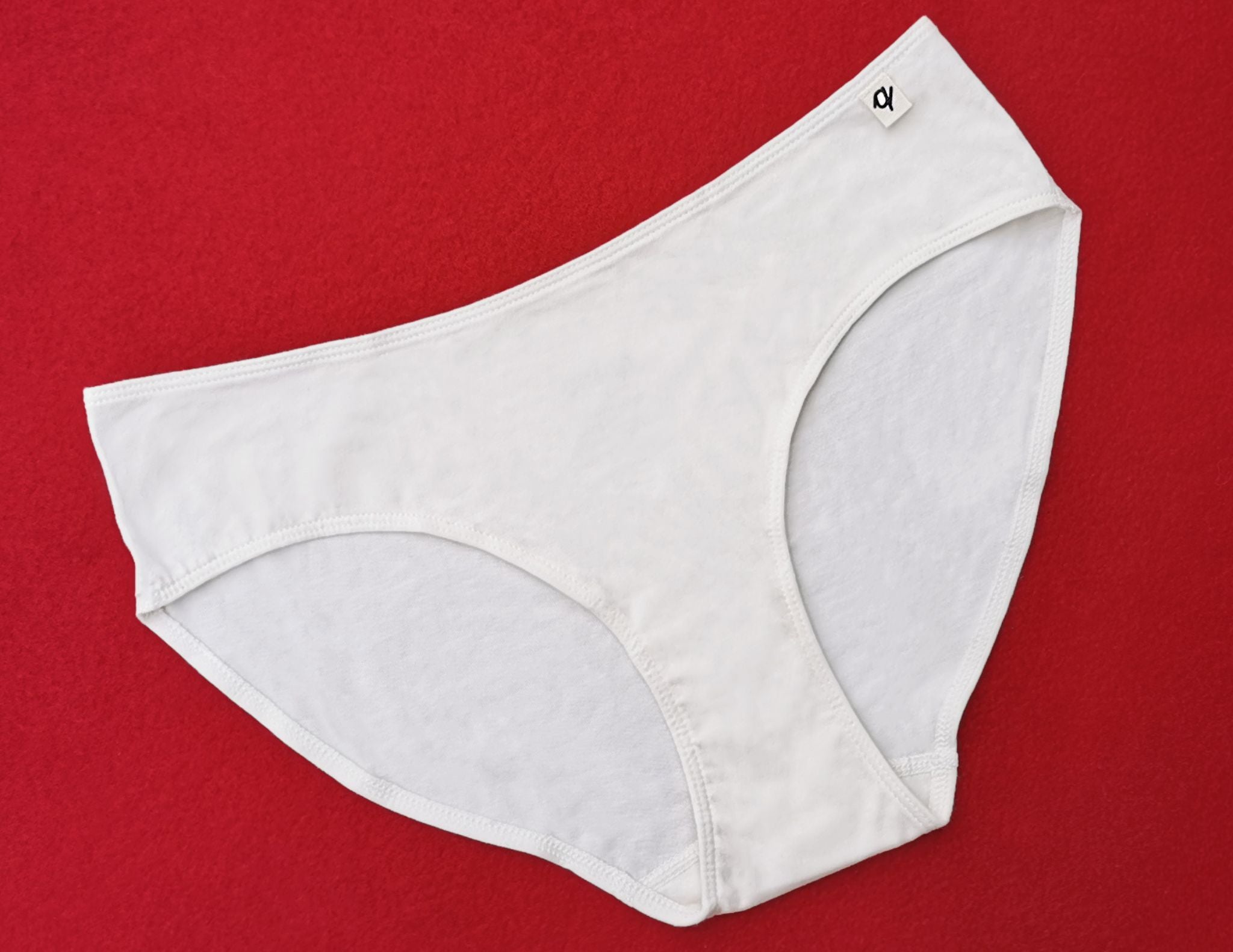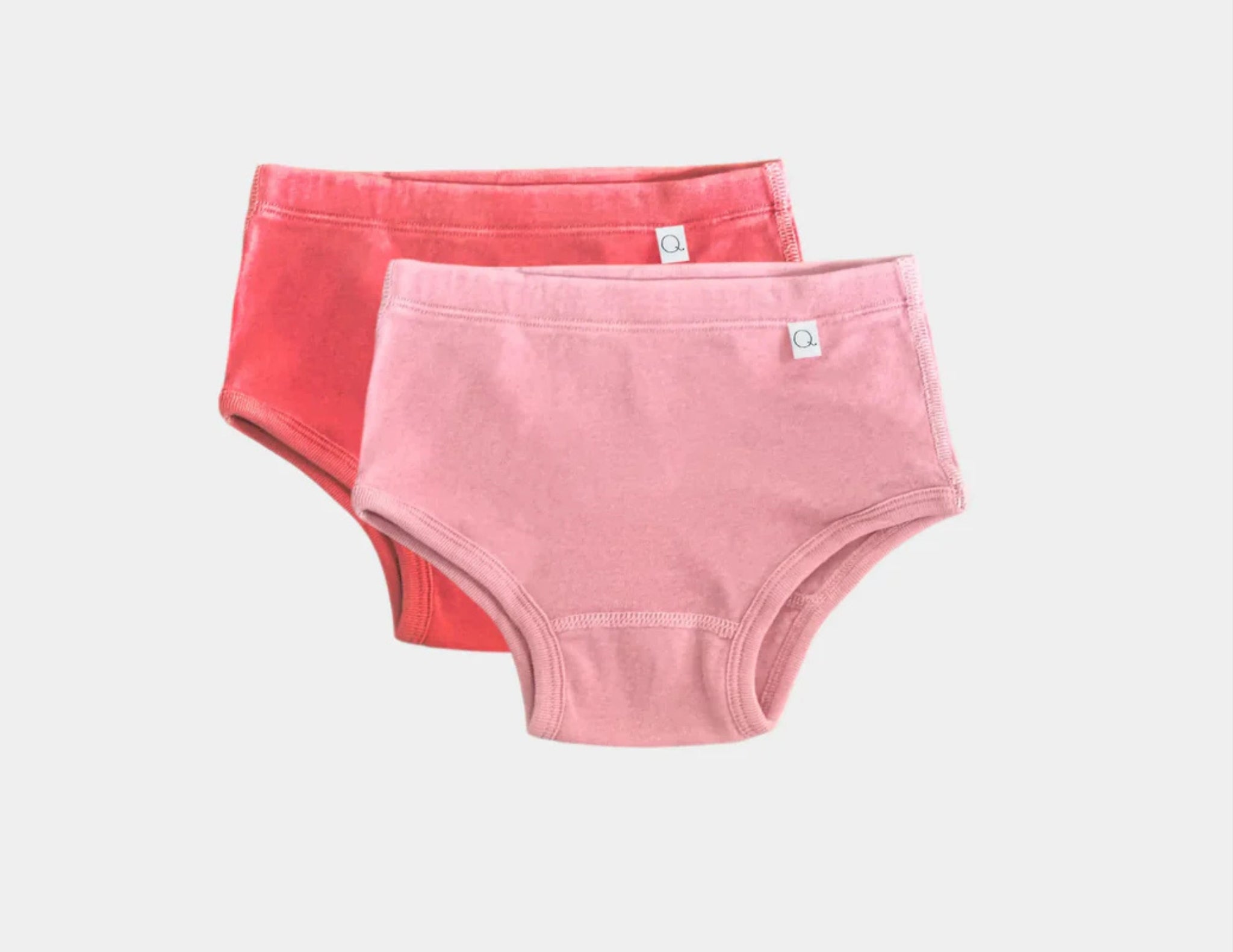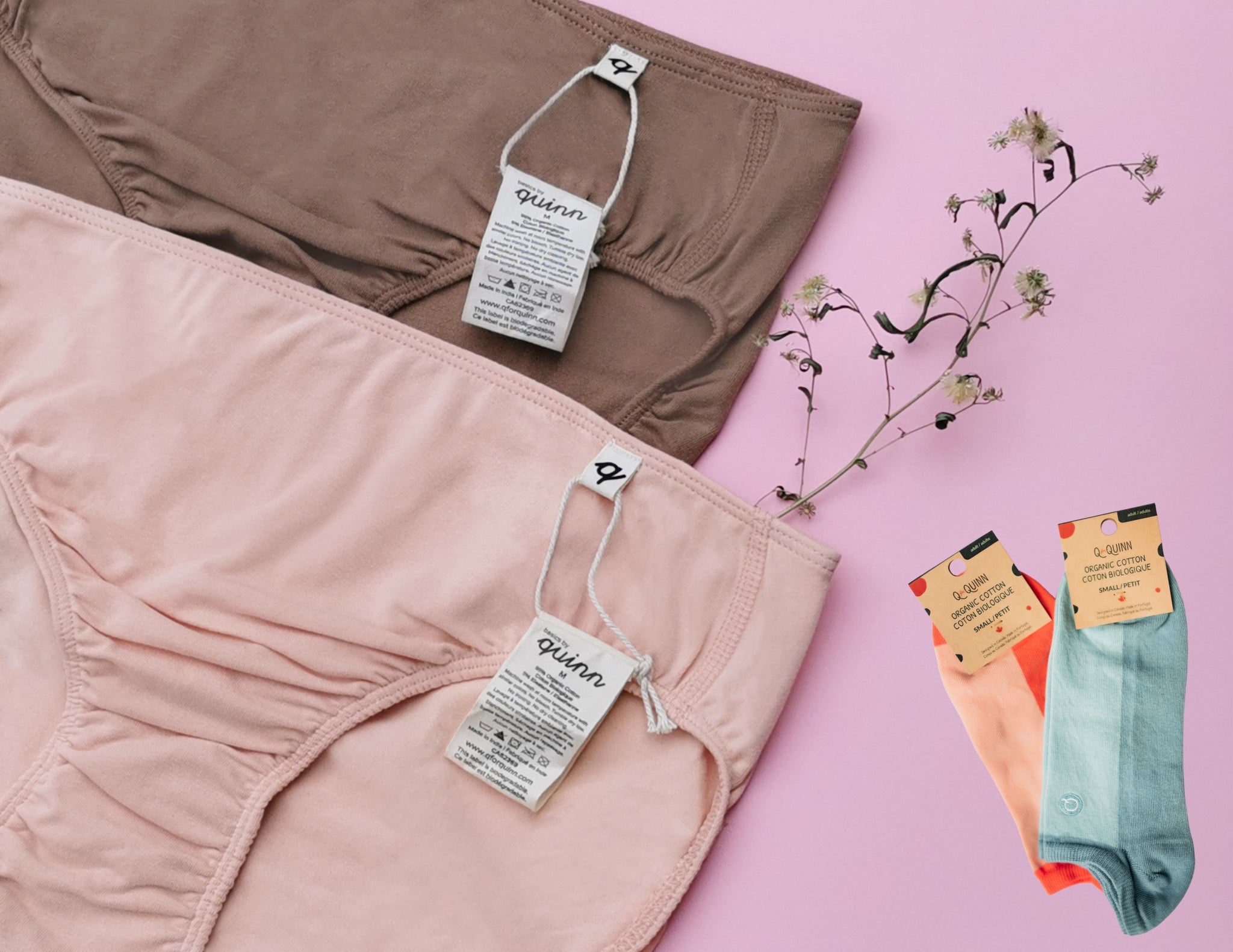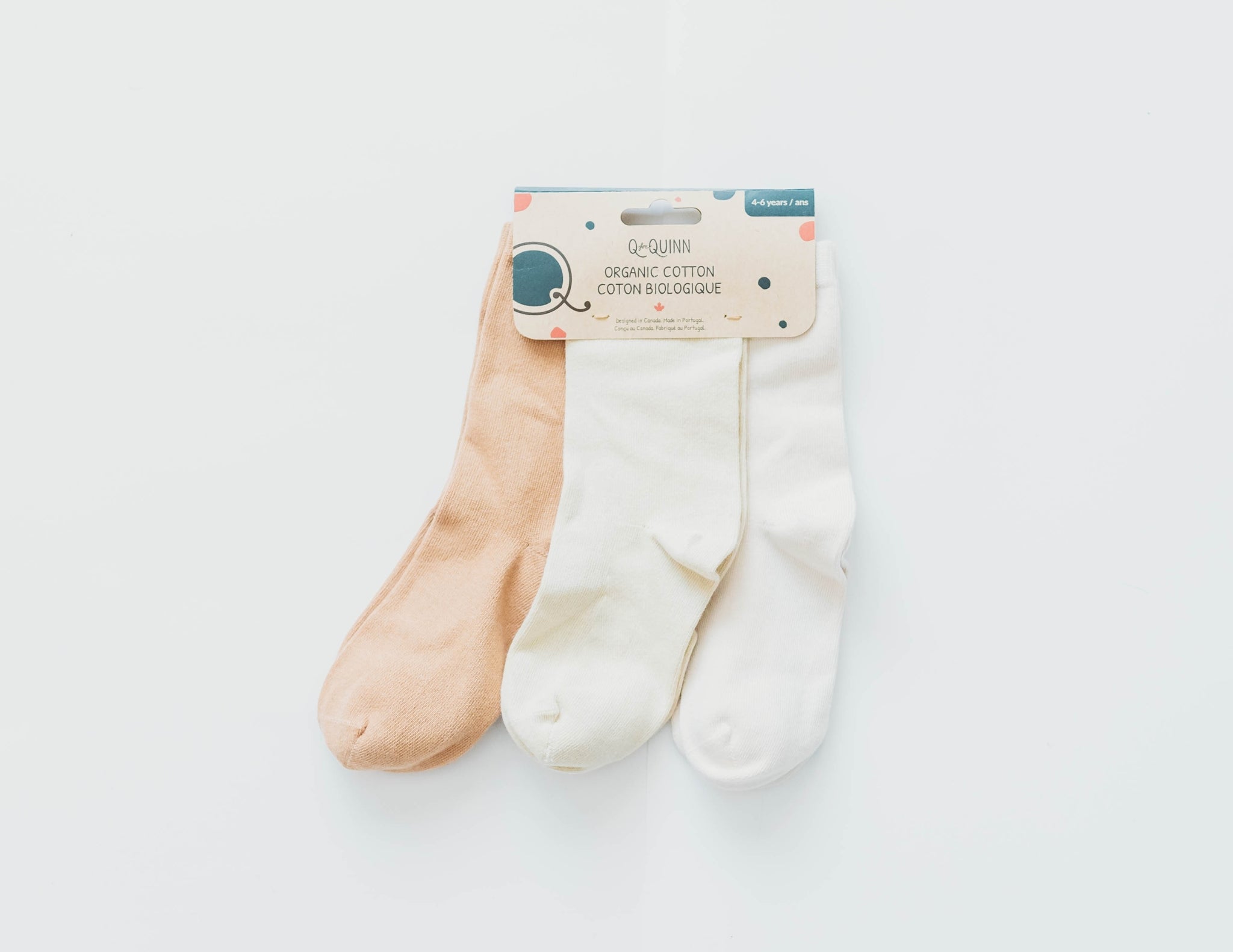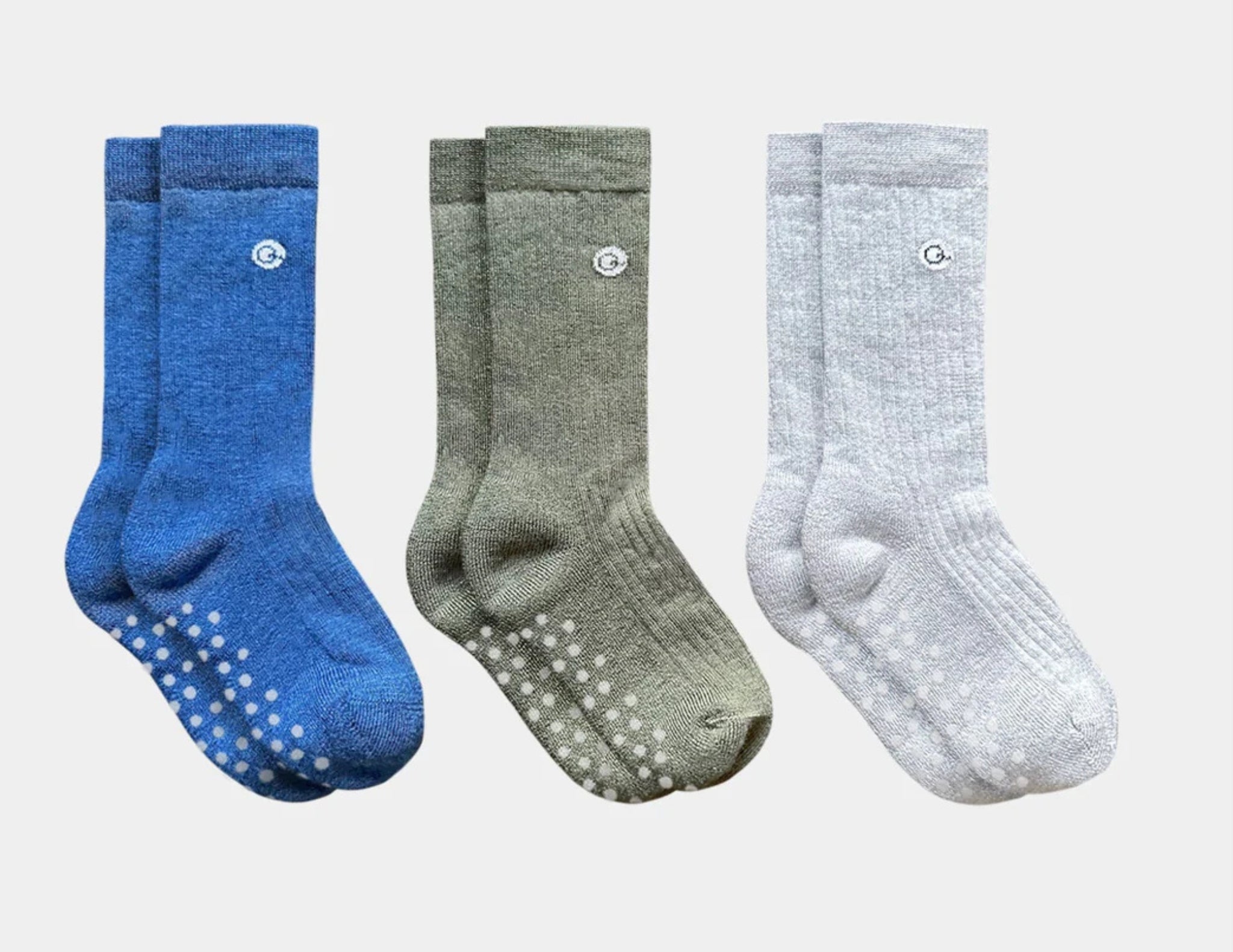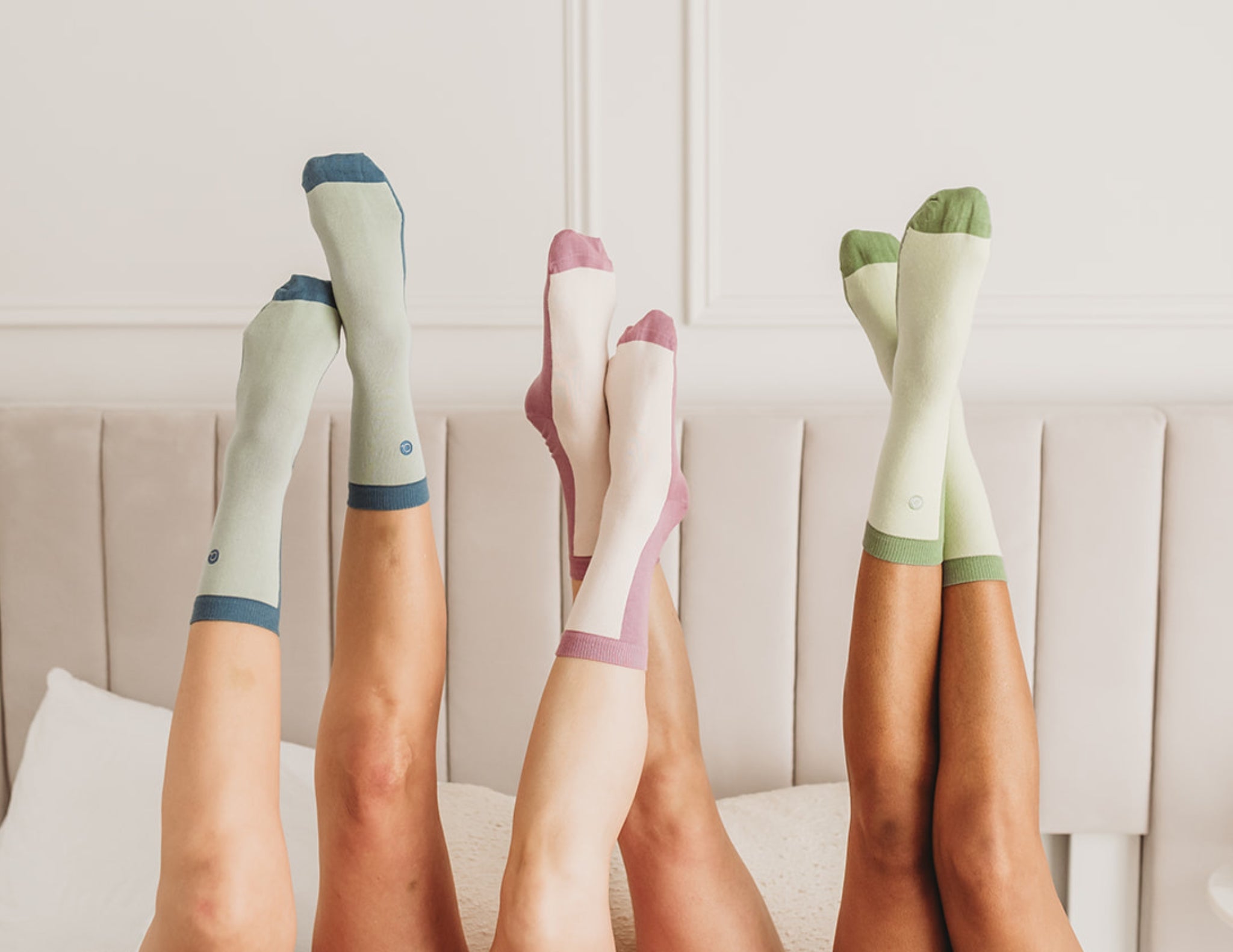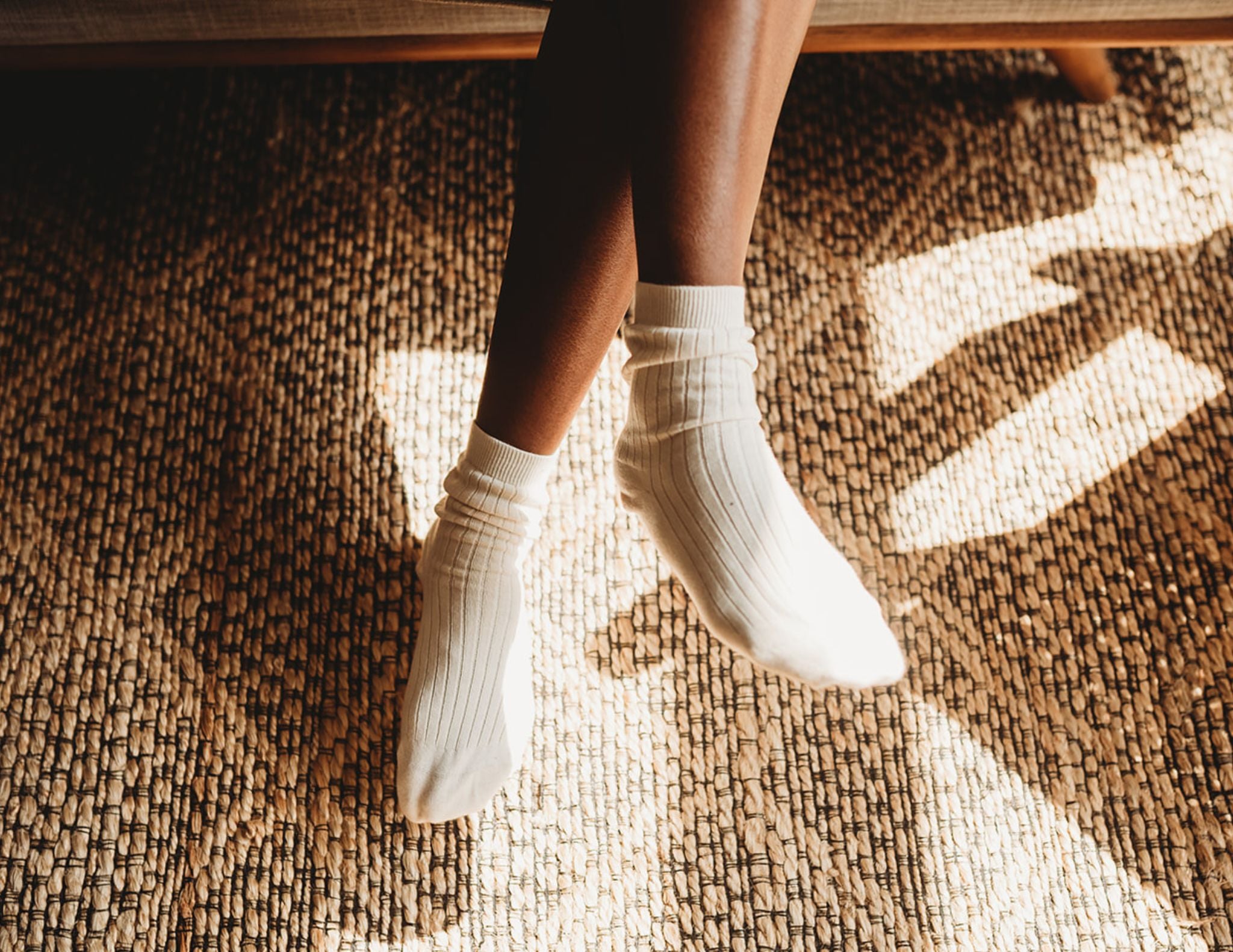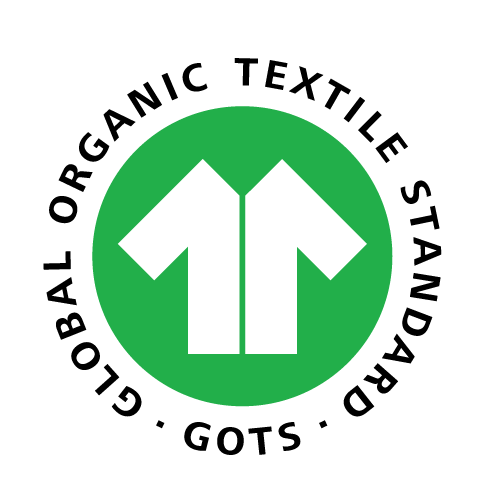
Best Bra Material Selection: Expert Guide to Fabrics
Finding the perfect bra isn’t just about cup size and style – the material of your bra plays a huge role in comfort, support, and even your health. If you’ve ever felt sweaty, itchy, or just eager to rip off your bra at the end of the day, your bra’s fabric might be the culprit. In this comprehensive guide, we’ll explore common bra fabrics (from everyday cotton to high-tech synthetics) and help you choose the best material for your needs. We’ll also look at why experts often recommend natural materials and how your choice can affect sensitive skin and even the environment.
Why the Right Bra Material Matters
The fabric of your bra isn’t just a trivial detail – it impacts how you feel all day. Here’s why choosing the right bra material is so important:
- Comfort & Fit: Some fabrics are soft and form-fitting, while others can be stiff or scratchy. The right material will mold to your body and feel good for hours, whereas the wrong one might dig in or chafe.
- Skin Health & Allergies: If you have sensitive skin or conditions like eczema, your bra’s fabric can make a big difference. Certain materials (especially some synthetics) can irritate skin or even cause rashes. Bras made with chemically treated or non-breathable fabrics may lead to chafing, redness, or that mysterious itch you get after a long day.
- Breathability & Sweat: Breasts can get sweaty, especially in hot weather or during activity. A breathable material wicks away moisture and lets air circulate, keeping you cool and dry. In contrast, non-breathable fabrics trap heat and sweat, which can lead to discomfort or even yeast rashes under the bust. (Ever had an itchy rash under your breasts on a hot day? Your bra fabric might be to blame.)
- Support & Shape: Different materials offer different levels of stretch and support. For example, fabrics with spandex provide that elastic snug fit, while pure cotton might feel more relaxed. The material can affect how a bra holds up your bust and how it looks under clothes (think shiny satin vs. smooth microfiber vs. matte cotton).
- Clothing Appearance: The bra material also influences how your clothes drape. A slick microfiber bra won’t cling to a t-shirt, whereas a lacy or textured bra might show through a thin top. Choosing the right fabric helps your bra disappear under outfits or, conversely, makes it a statement piece when you want it to be.
As you can see, the fabric of your bra really matters for both comfort and health. Many women don’t give it a second thought until they experience problems – but a little knowledge can go a long way in preventing irritation and discomfort. Now, let’s break down the most common bra materials and their pros and cons.
Common Types of Bra Fabrics
Bras come in a range of fabrics, both natural and synthetic. Here are the most common types of bra materials you’ll encounter, and what to know about each:
Organic Cotton Bras
Organic cotton is a classic choice – and for good reason. Organic cotton bras and bralettes are beloved for everyday wear because they are soft, breathable, and gentle on the skin. This natural fiber allows air flow to keep you cool, and it’s great for long hours of wear. Many T-shirt bras and casual bralettes use cotton or cotton blends for that all-day comfort. If you have sensitive skin or allergies, cotton is often a top recommendation since it’s less likely to cause irritation than synthetic fabrics. While cotton in general is healthier than most synthetic fabrics, it’s important to note that not all cotton is created equal. There are different types of cottons, and specifically, a huge health and environmental difference between organic and regular cotton. Conventional cotton is often grown with pesticides and processed with harsh chemicals, which can leave residues that irritate sensitive skin. Organic cotton, on the other hand, is cultivated without these toxic inputs, making it a safer and more eco-friendly choice for bras and bralettes. But here’s the catch: not every product labeled “organic” is truly pure. Some fabrics are blended with synthetics or only partially organic. To avoid greenwashing, look for certifications like GOTS (Global Organic Textile Standard) or OEKO-TEX® on the label. These confirm that the fabric meets strict organic and safety standards. If you’re unsure how to tell the difference, you can check out our guide on how to know if it’s pure 100% organic cotton or not, which walks you through the key signs to look for when shopping.
Silk Bras
Silk is the luxury queen of fabrics – if you want to feel pampered, a silk bra is hard to beat. Silk is a natural fiber made from silkworm cocoons, and it’s loved for its buttery-smooth feel and elegant sheen. What’s special about silk (besides looking and feeling luxurious) is its performance as a fabric: silk is highly absorbent but does not stay wet. It allows moisture to evaporate quickly, meaning sweat won’t linger. Many women find that silk bras feel cool and comfortable even in warmer weather, because the fabric breathes and dries fast.
Bamboo, Modal and Tencel (Rayon-Based Fabrics)
In recent years, “eco-friendly” bras made from fabrics like bamboo viscose, Modal, or Tencel (Lyocell) have grown in popularity. Many claim these as “natural” fibers, but they are semi-synthetic: they originate from natural sources (bamboo grass, beechwood, eucalyptus, etc.) but are processed with chemicals to turn them into soft fiber. The result is a fabric that is soft and smooth. They have a silky feel but at a typically lower price than pure silk.
Lace and Mesh Bras
Lace isn’t a fiber itself (it’s a style of fabric made in an open, web-like pattern), but we include lace bras here because lace is such a common material for bras, especially in lingerie. Lace can be made from various fibers – most modern laces are synthetic (nylon or polyester), though some luxury laces use cotton or even rayon embroidery. Mesh is another common material used in bras – those sheer, net-like panels you see in some bra wings or cups. Mesh is typically nylon or polyester as well.
Polyester, Nylon and Microfiber Bras (Synthetic Materials)
Polyester and nylon are the workhorses of the bra world. Most bras on the market – especially anything labeled “microfiber,” “sport material,” or “nylon blend” – contain these synthetic fibers. These plastics-derived materials are super popular in bra manufacturing, often blended with spandex (elastane). Why are synthetics so common? They’re durable, stretchy, and can be made very smooth. If you’ve felt a slick T-shirt bra that almost feels like a second skin, it’s probably a microfiber knit (often polyester). Nylon is often used in lace and mesh, and in the bra’s bands, because it’s strong yet thin.
Spandex/Elastane (the Stretch Factor)
Spandex (also known by brand names like Lycra or elastane) isn’t usually the main fabric of a bra, but it’s so important we should talk about it. Spandex is the stretchy material that gives bras their elasticity. Nearly all bras have some spandex: it might be in the shoulder straps, the back band, the lace, or woven into the fabric of the cups. This fiber can stretch far and snap back into shape, making sure your bra clings snugly and moves with you.
Wool (Merino) Bras
Wool in a bra? You might not expect it, but Merino wool – a very fine, soft wool – is used in some specialty bras, especially those geared toward outdoor activities or sensitive skin folks. Merino wool is nothing like the itchy sweater wool you may be picturing. It’s actually super soft (merino fibers are extremely thin) and has amazing natural properties: it wicks moisture, regulates temperature, and resists odors (it’s antimicrobial). Some sports bras or bralettes for hiking and camping are made with a blend of merino wool for women who want performance and natural fibers.
What Are the Benefits of Organic Cotton Bras
We’ve talked about many materials, but one has come up repeatedly as a superstar for comfort, skin health, and even eco-friendliness: cotton, especially organic cotton. Let’s dig a bit deeper into why organic cotton bras are often hailed as the best choice for women who prioritize health and the environment.
- Gentle on Sensitive Skin: If you have allergies, sensitive skin, or conditions like eczema, organic cotton is arguably the safest fabric you can put against your body. It contains no synthetic fibers or harsh chemicals from processing, so the risk of irritation is minimal. Experts point out that natural materials such as organic cotton let the skin breathe and help regulate temperature far better than most synthetic fabrics. This breathability means less sweat and heat trapped next to your skin, which in turn means fewer rashes and itchiness. In fact, few manufacturers such as Q for Quinn work with allergy specialists to create non-toxic, chemical-free, and PFAS-free bras using 100% organic cotton linings and eliminating known irritants.
The result? All of this underscores that if your skin is finicky, going with an organic cotton bra can make a world of difference. - No Nasty Chemicals: “Organic” cotton is grown without the use of toxic pesticides and is often processed with fewer chemicals overall. Why does this matter for your bra? Conventional fabrics (especially synthetics) might have residues of things like formaldehyde (used to prevent mildew or wrinkles during storage) or petroleum-based dyes. These can transfer to your skin in small amounts and cause problems for those who are sensitive. Organic cotton, on the other hand, is a more natural product. When you choose an organic cotton bra, you’re avoiding a lot of those hidden chemicals. Think of it like organic food – it’s about what isn’t in it. And as a bonus, you won’t get that weird “chemical” smell that sometimes comes with new clothes; organic cotton garments rarely have that, or if they do, it’s just from packaging and easily washes out.
- Breathability and Comfort: We’ve said it before, but it bears repeating: cotton is the most breathable fabric for bras, and organic cotton tends to have an even softer, plush feel (often, organic cotton is also of high quality, long-staple variety like Pima or Egyptian cotton). A well-made organic cotton bra can be incredibly comfortable, even for long wears. If you struggle with under-bust sweat or “boob sweat” in general, you’ll likely notice a big improvement with breathable cotton over a polyblend. Keeping that area dry is not just about comfort – it also helps prevent yeast rashes (yes, yeast loves warm, damp environments under the breasts). By wearing breathable cotton, you’re giving moisture a chance to evaporate and not linger on your skin. Breathable fabrics are especially important when you’re on the move. For example, organic cotton underwear and bralettes are often recommended as the best travel underwear for women, since they prevent discomfort, wick moisture, and stay comfortable through long days.
- Health Benefits: When it comes to women’s health, the fabric of your bra (and underwear) plays a much bigger role than most people realize. Synthetic fabrics like polyester or nylon tend to trap heat and moisture, which can create the perfect environment for irritation, rashes, or even yeast infections. That’s why doctors and health experts consistently recommend breathable natural fabrics like organic cotton — they help your skin stay cool and dry. For example, breathable bras and underwear can reduce the risk of yeast infections and UTIs, conditions that are often aggravated by non-breathable, synthetic materials. Cotton’s ability to absorb moisture and allow air circulation makes it a top choice for vaginal health and overall comfort. If you’ve ever wondered what fabrics doctors recommend, you’ll see that cotton is always at the top of the list. Another important aspect is sensitive skin and allergies. Women with eczema or skin sensitivities often find that synthetic bras worsen irritation. Organic cotton, grown and processed without toxic chemicals, is much gentler. In fact, many allergy specialists suggest organic cotton underwear and bras as the safest option for daily wear.
Finally, your choice of fabric matters in special life stages as well — like postpartum recovery. Soft, chemical-free organic cotton bras and bralettes can provide comfort without adding extra irritation to already sensitive skin.
Why Bras Often Use Synthetics and How Cotton Bras Overcome It
Now, you might be thinking – if cotton is so great, why are most bras made with synthetics? The main reason is elasticity and support. Pure cotton can’t provide the same level of bounce-back and firm support that a material like nylon/spandex can. That’s why most cotton bras still include some spandex or have an underwire to help with structure. It’s absolutely possible to have a mostly-natural bra that still supports you; it just takes thoughtful design. Brands overcome cotton’s stretch limitations by using clever construction (for example, a cotton bra with a supportive band and proper paneling can hold up quite well) or by blending in 5-10% elastane to give it the needed flex. The result is a bra that is 95%+ natural cotton touching your skin, with just the bare minimum of synthetic to ensure fit. For many women, that’s an ideal balance. You get all the cotton goodness without sacrificing shape and support.
In summary, an organic cotton bra is often the healthiest choice for your body and a friendly choice for the planet. It’s breathable, non-irritating, and free of the nasty stuff. Whether you’re someone dealing with rashes from your current bras, or you just want a comfier, “greener” option for daily wear, give organic cotton a try – chances are you’ll love the difference.
Final Words on Your Perfect Bra Material
Ultimately, the best material for a bra comes down to your personal needs and preferences. It might even change day to day. You might love a smooth microfiber bra under your work blouse for that invisible look, but switch to a cotton bralette on the weekend to let your skin breathe. You might choose a moisture-wicking polyester sports bra for your gym session, then relax in a silky soft bamboo-modal bra in the evening. And that’s perfectly fine – you don’t have to pick just one! The key is understanding how different fabrics perform so you can make an informed choice for each occasion.
That said, if we have to crown a winner for overall comfort and skin-friendliness, organic cotton bras and bralettes take the prize. They check all the boxes for daily wear: comfortable, breathable, low-irritation, and even eco-conscious. As one expert put it, natural fibers like cotton “let your skin breathe” and help prevent issues like chafing, overheating, and rashes. Your bra is one of the closest things to your body all day – so the fabric it’s made of really matters! By paying attention to material, you can find bras that not only fit well but also feel good and support your health.
We hope you feel empowered (and maybe excited!) to go through your drawer and check those labels, or to be more mindful when bra shopping next time. Your skin and comfort are worth it. So whether you opt for the cozy cotton, the luxe silk, the high-tech performance fabric, or anything in between, choose what makes you and your body happy.




